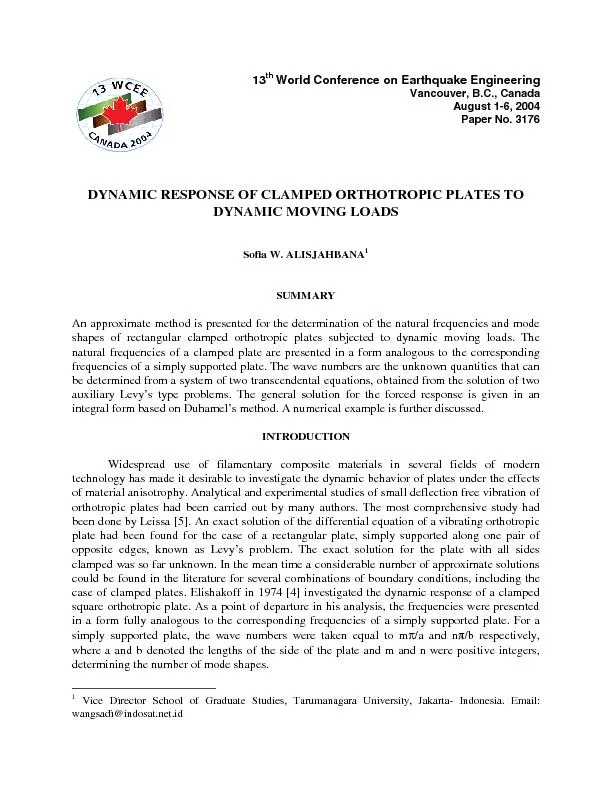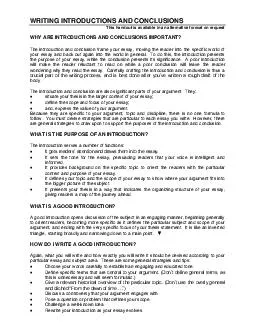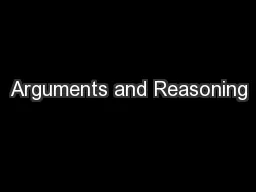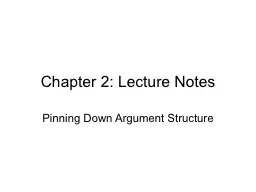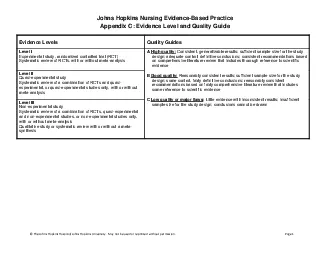PDF-CONCLUSION Based on the above study, the following conclusions can be
Author : tatyana-admore | Published Date : 2016-05-20
12 15 radsec 20 radsec 15 radsec 20 radsec 15 radsec 20 radsec 15 radsec 20 radsec Figure 4 Various dynamic responses of the plate at near resonance condition
Presentation Embed Code
Download Presentation
Download Presentation The PPT/PDF document "CONCLUSION Based on the above study, the..." is the property of its rightful owner. Permission is granted to download and print the materials on this website for personal, non-commercial use only, and to display it on your personal computer provided you do not modify the materials and that you retain all copyright notices contained in the materials. By downloading content from our website, you accept the terms of this agreement.
CONCLUSION Based on the above study, the following conclusions can be: Transcript
Download Rules Of Document
"CONCLUSION Based on the above study, the following conclusions can be"The content belongs to its owner. You may download and print it for personal use, without modification, and keep all copyright notices. By downloading, you agree to these terms.
Related Documents

